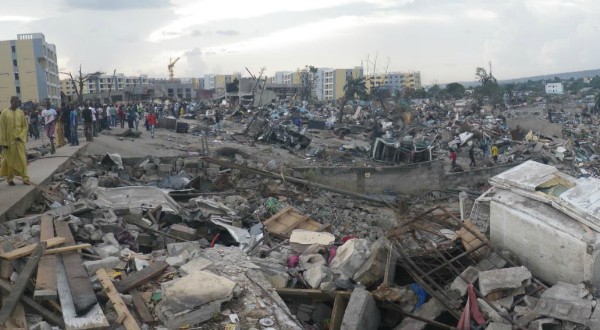Safe and secure management of ammunition through the UN SaferGuard Programme

Photo: Erwan Morand.
In more than 100 countries, over the past five decades, poorly-managed ammunition stockpiles have resulted in explosions, often bringing about humanitarian disasters. Thousands of people have been killed, injured and displaced, and the livelihoods of entire communities have been disrupted.
In addition to the humanitarian and socio-economic consequences, unsecured or poorly managed ammunition stockpiles fuel insecurity. Massive diversion of ammunition to illicit markets has been a catalyst for armed conflict, organized crime and terrorism. Moreover, diverted ammunition is increasingly used to assemble improvised explosive devices.
Taken together, these consequences demonstrate the very serious safety and security challenges posed by inadequately-managed stockpiles.
In response to these concerns, the General Assembly requested the United Nations to develop guidelines for adequate ammunition management to ensure that the United Nations consistently delivers high-quality advice and support (A/RES/63/61).
As a result, the International Ammunition Technical Guidelines (IATG) were developed in 2011 and the UN SaferGuard Programme was established as the corresponding knowledge management platform.
The UN SaferGuard Programme, managed by the UN Office for Disarmament Affairs oversees the maintenance, updating and dissemination of the IATG.

